Trends In Retirement
Retirement is US households’ top goal for saving & investing. Many retirement tools (and much of the thinking about retirement) are outdated. The complexity of retirement preparation, adjustment to living on a fixed income, and the possibility of revolving back into the workforce is far different from the 1960-70s era that recent and soon-to-be retirees grew up in. No longer do retirees receive a gold watch and good-bye party with time for a cruise or two before they die. The cruise and reasonably comfortable lifestyle were funded by a pension and Social Security. Most workers today are responsible for their own savings, investments and health-care insurance on salaries or hourly wages that have not kept pace with the cost of living. The upside? Marketplace changes always present new opportunities for financial-services providers because the need for products and services doesn’t go away. Retirees’ tools and planning need an update to align with todays’ environment of uncertainty, insecurity, longevity, health costs, legacy, and inflation.

The proportion of households that own any retirement account has increased from 27% of households in 1992, to 65% by the end of 2022—roughly the same proportion of household heads that are employed (63%). Over the same period of time the proportions of households that own IRAs and defined contribution (DC) plans (401ks, 403bs, 457s) have also risen. Since 2000 when IRAs and DC plans were at the same level of penetration, DC plan ownership has risen (from 37% to 48%), whereas IRA ownership has plateaued at 40% of households. These two products came to market through legislation following recessions: 401k plans through the Revenue Act of 1978 and IRAs following the Economic Recovery Act of 1981. Timing of these Acts corresponds with Older Baby Boomers’ flood into the workforce when many Boomer women delayed family formation to start a career. As a result, roughly half of Boomer legacies will likely be left to Millennial and half to Gen Z heirs. Older Boomers, more so than Younger Boomers, benefitted from the financial advantages of a strong middle-class economy. It’s no surprise that half of the country’s $71 trillion in financial assets are in retirement accounts. And it’s no surprise that Boomers and older households’ control over half (57%) of these assets.

The two largest household assets—potential sources for retirement security—are retirement accounts and the home (a.k.a. ‘nest egg’). The long-term trend is reassuring as not only has the average value in retirement accounts increased, but especially after the Great Recession of 2007-2010, so has home equity. In many markets, home values are holding steady or increasing modestly due to lack of inventory. Unless the economy declines due to a recession, increasing inflation or both, the more recent dip in home equity should not be problematic.
Over the course of the past two decades, the number of Retired Households (among those 55 and older without children) has increased significantly from 23 to 29 million. The proportion of households not retired and not preparing, has remained steady at 5 million. However, the number of Revolving Retired households has increased significantly from 5 to 8 million as more households have given in to the need, or desire, to return to the workforce, or to step-down from full-time to part-time employment, but not fully embrace retirement.
Insights
- Given current concerns about inflation, life expectancy, and inadequate savings, the post-Pandemic retirement experience promises more households being unprepared, under-prepared, preparing for longer, and Revolving Retirement.
- Since the Great Recession, some unretired households realize that Social Security is more important to their retirement than they thought.
- Confident Millennials and cynical Zoomers have questions about Social Security’s solvency and affordable home ownership as part of the American Dream. Saving and investing are a critical hedge against a very uncertain future.
- Households’ financial needs for their ‘Second Act’ consist of all the needs from the first one (saving, investing, transacting, credit, and protection) but different due to income concerns and lack of time.
Don’t miss the second of several planned video Briefings about 2022-23 First Trends with Larry Cohen, Director of MacroMonitor.
For more First Trends, stayed tuned on RFI.Global, RFI Global on LinkedIn, or email us on MacroMonitor_Team@rfi.global.
Subscribers have access to all 2022-23 MacroMonitor data collected between December 2022 and January 2023.
About the Author
Larry Cohen is Director of The MacroMonitor, the largest and longest running syndicated program on household financial needs in the US today. Since 1978, this program has been providing a holistic understanding of the evolution of consumers’ financial needs.
Larry consults with all types of financial services institutions, associations, government agencies, and universities on consumer financial services including macroeconomic trends, psychographic segmentations, new product and market innovations, strategic planning, direct marketing, etc.
Prior to working at RFI, Larry was Vice President and Director of Consumer Financial Decisions (CFD) with Strategic Business Insights (SBI), an employee-owned spin-off from SRI International. Larry holds an M.B.A. from the Graduate School of Management of Rutgers University (Newark, New Jersey), and a B.A. in interdisciplinary social sciences from Syracuse University (New York).





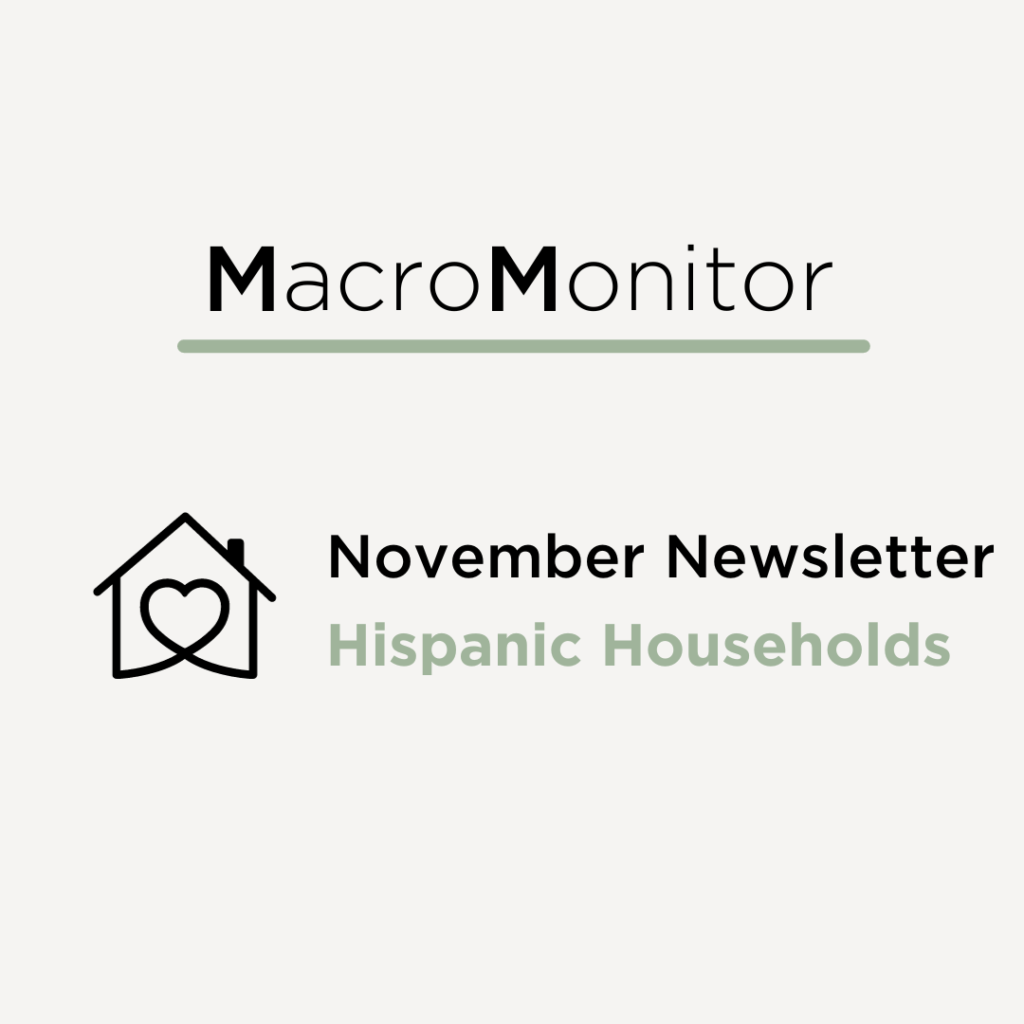
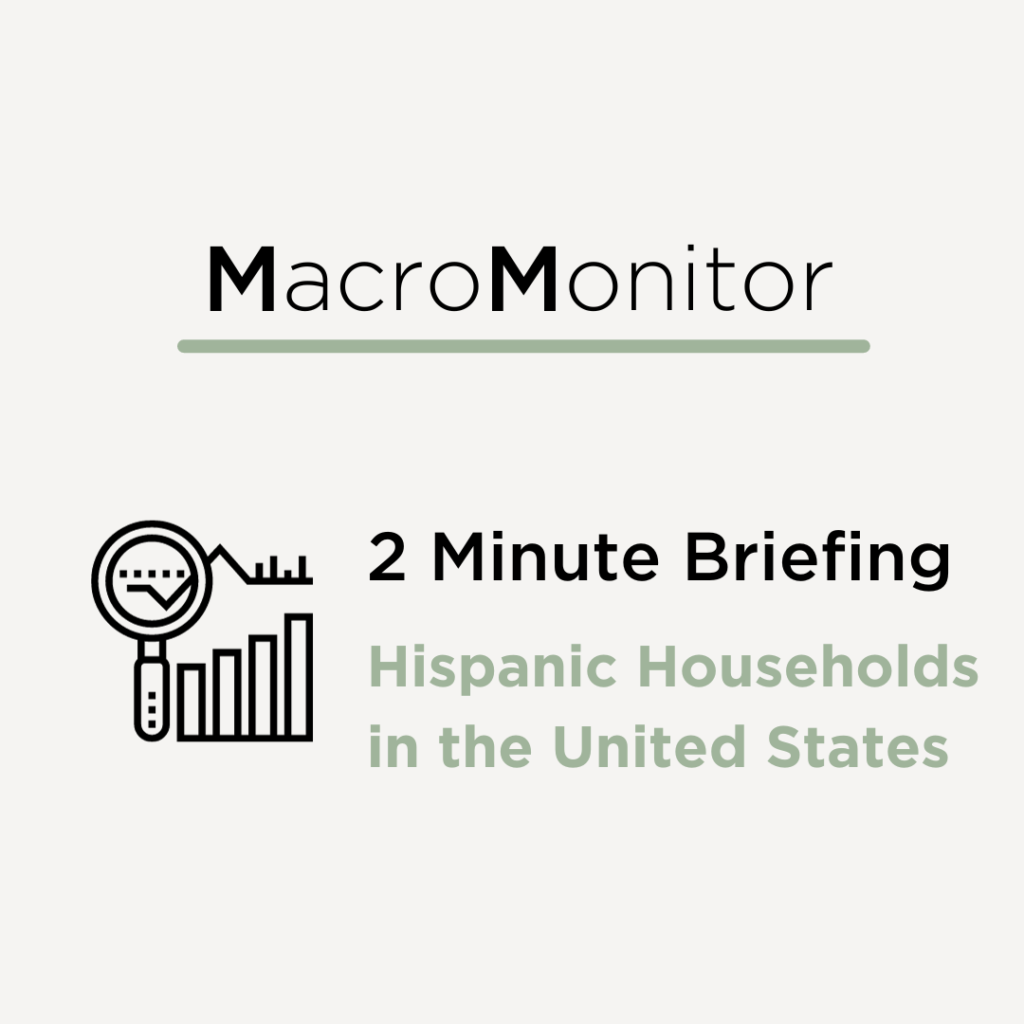






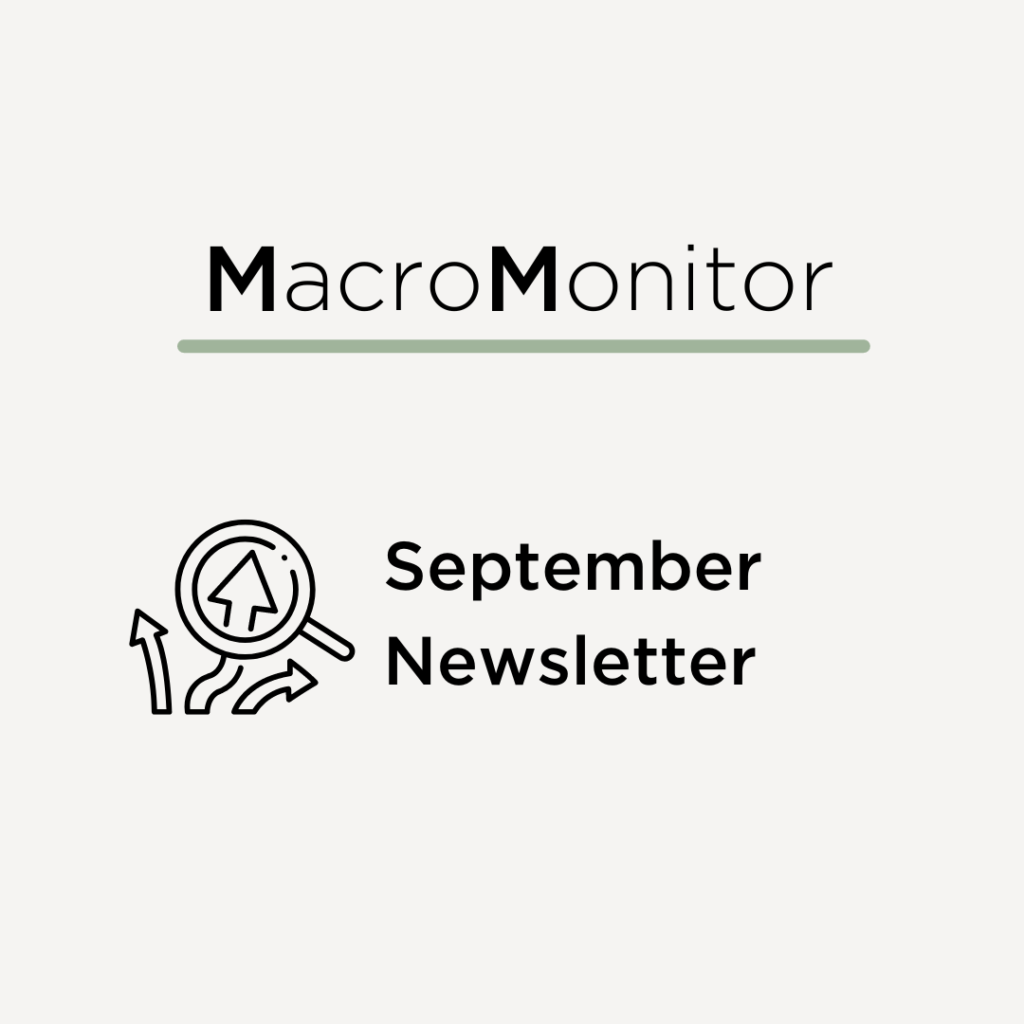






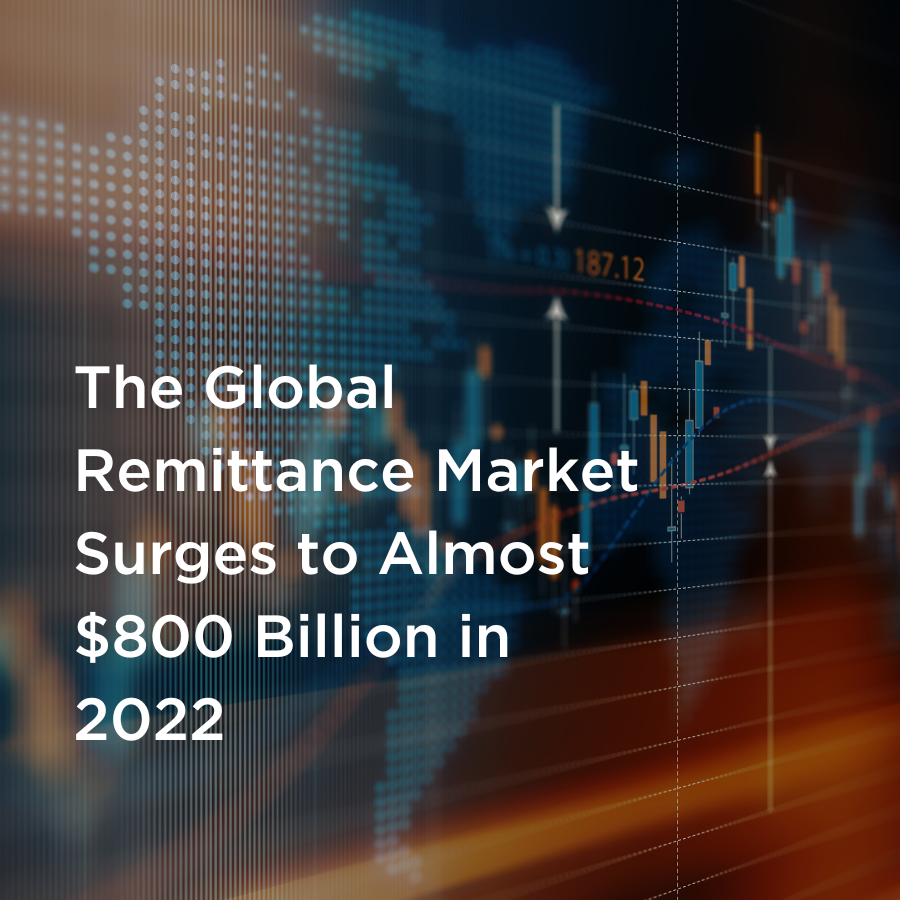

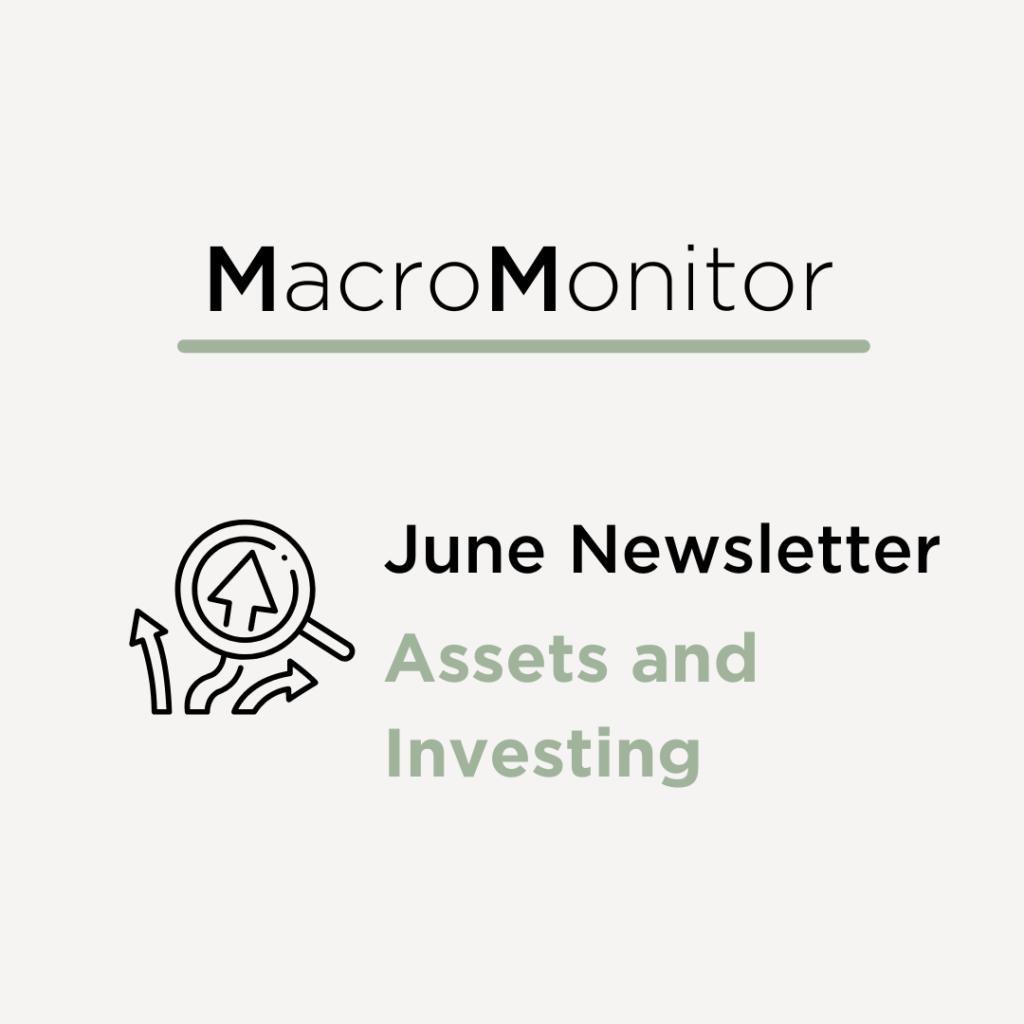

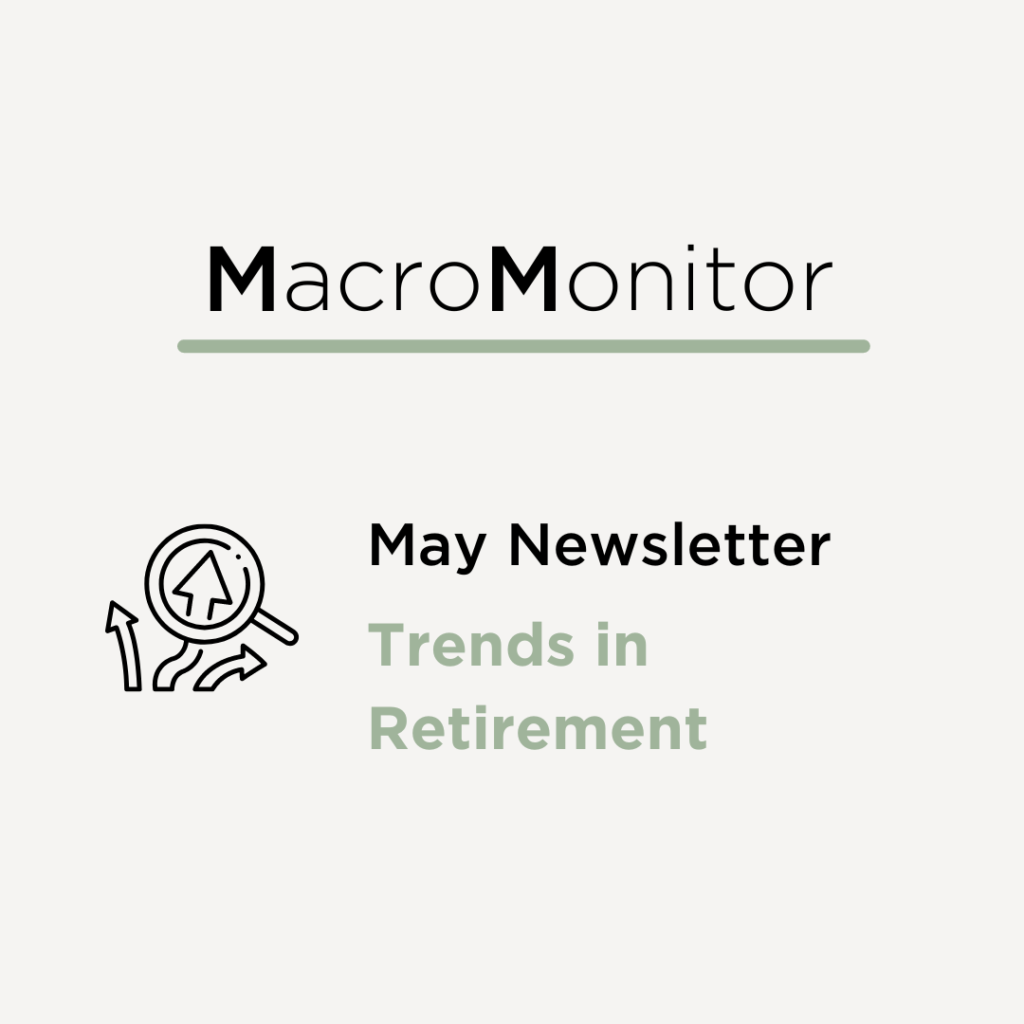

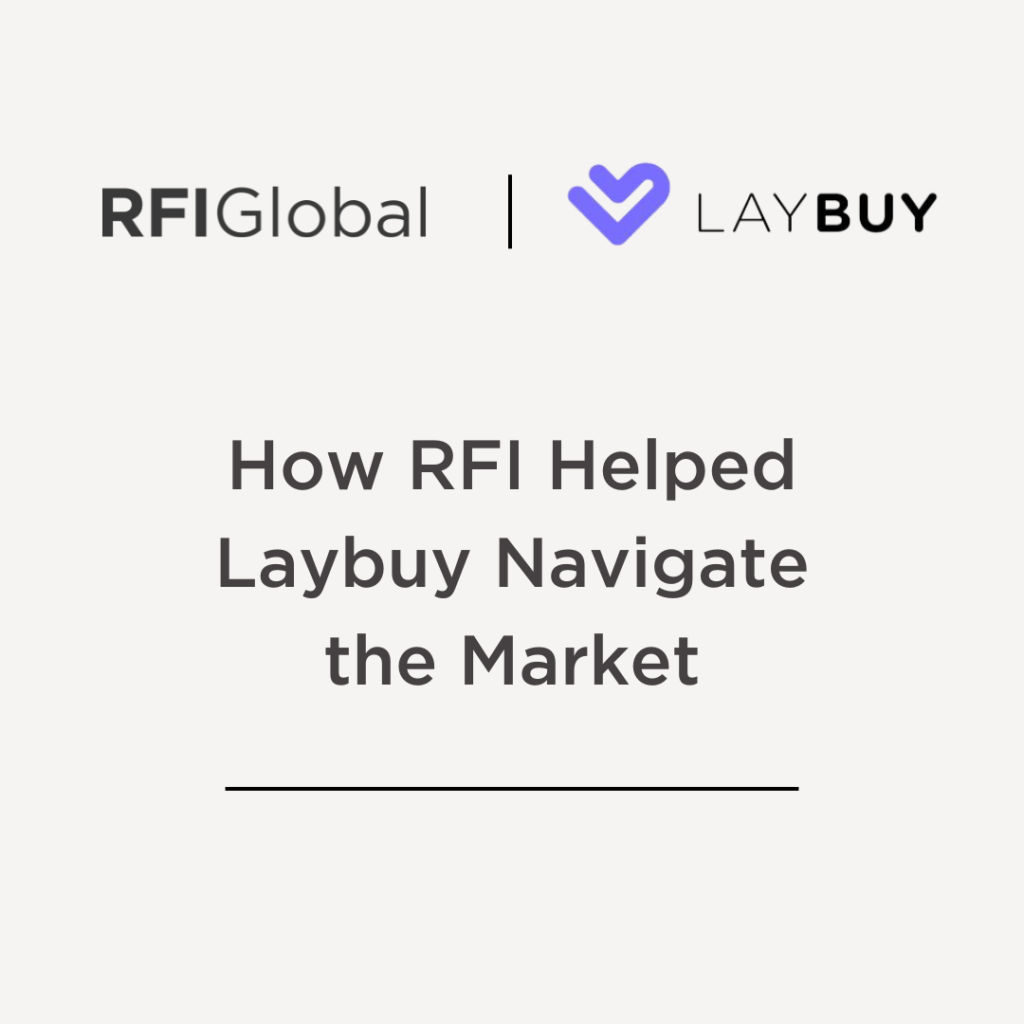

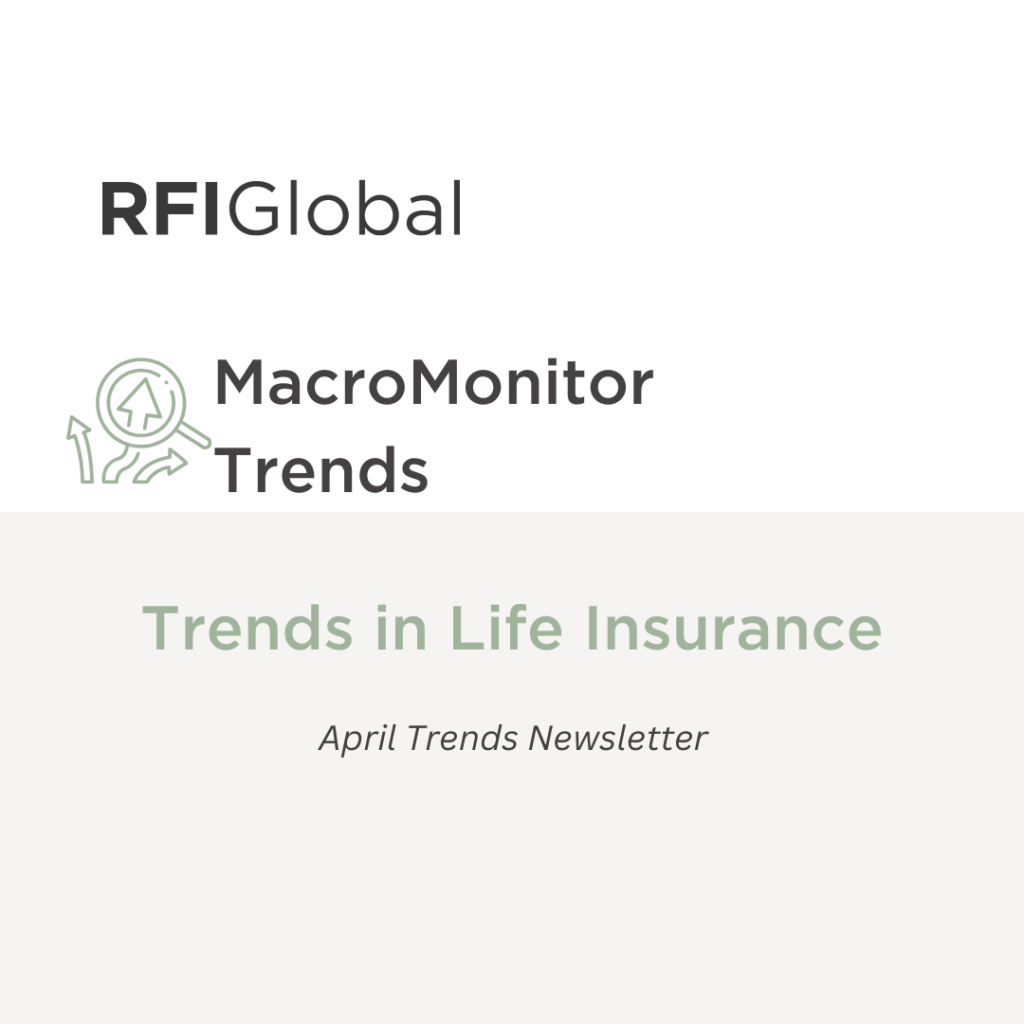

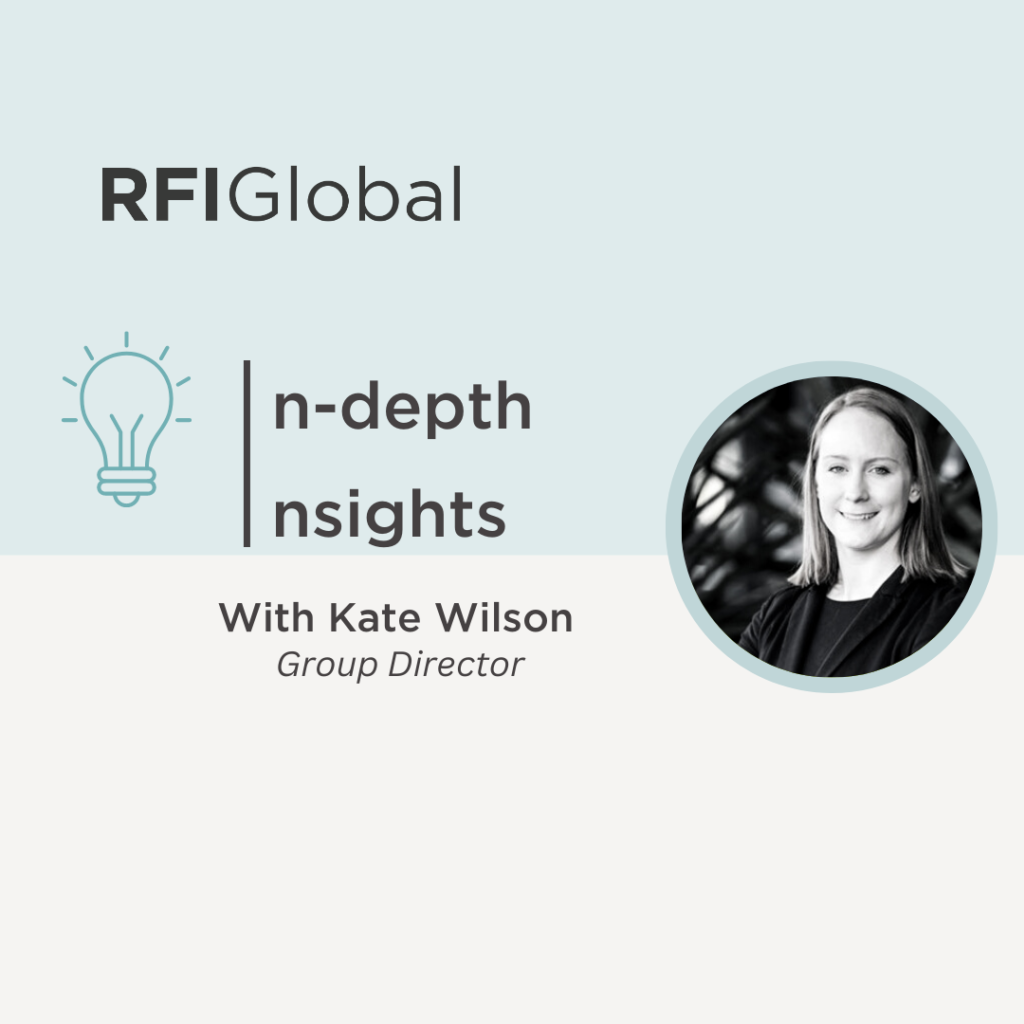
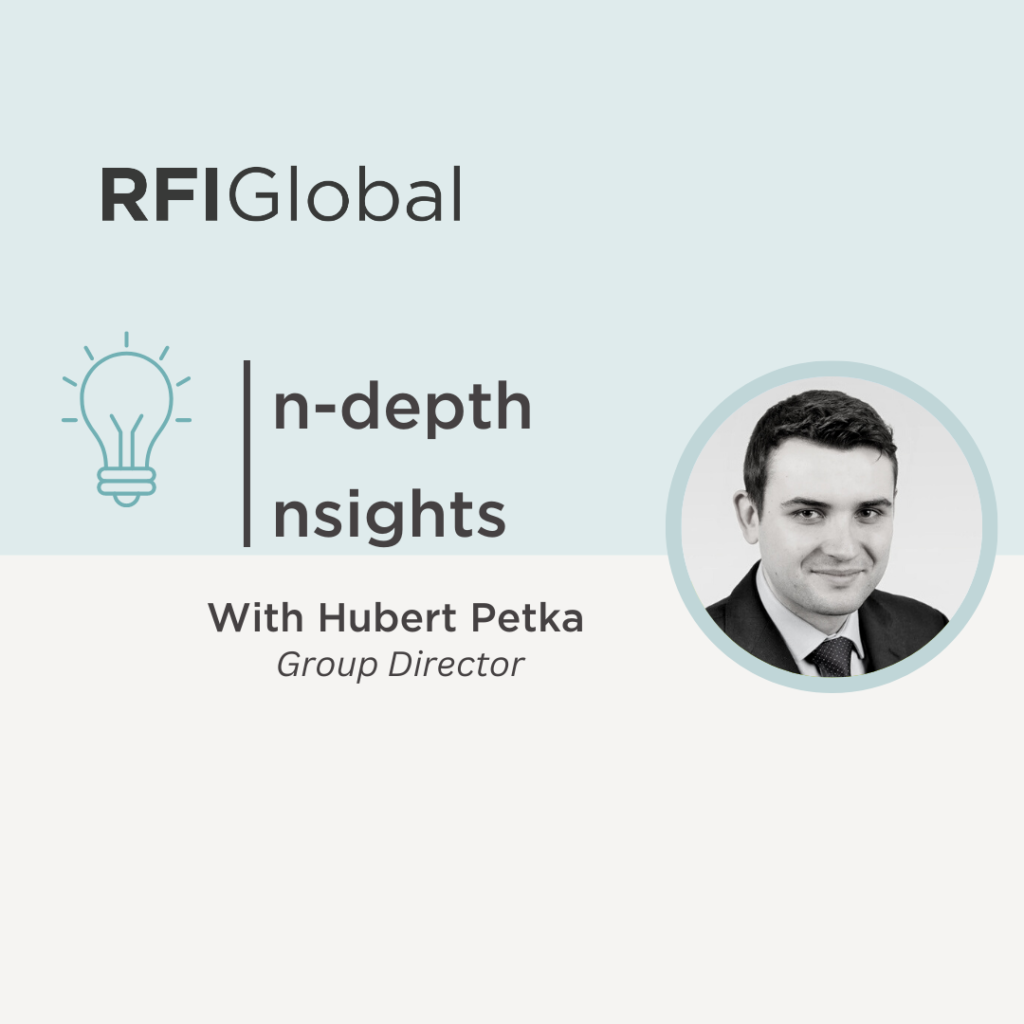
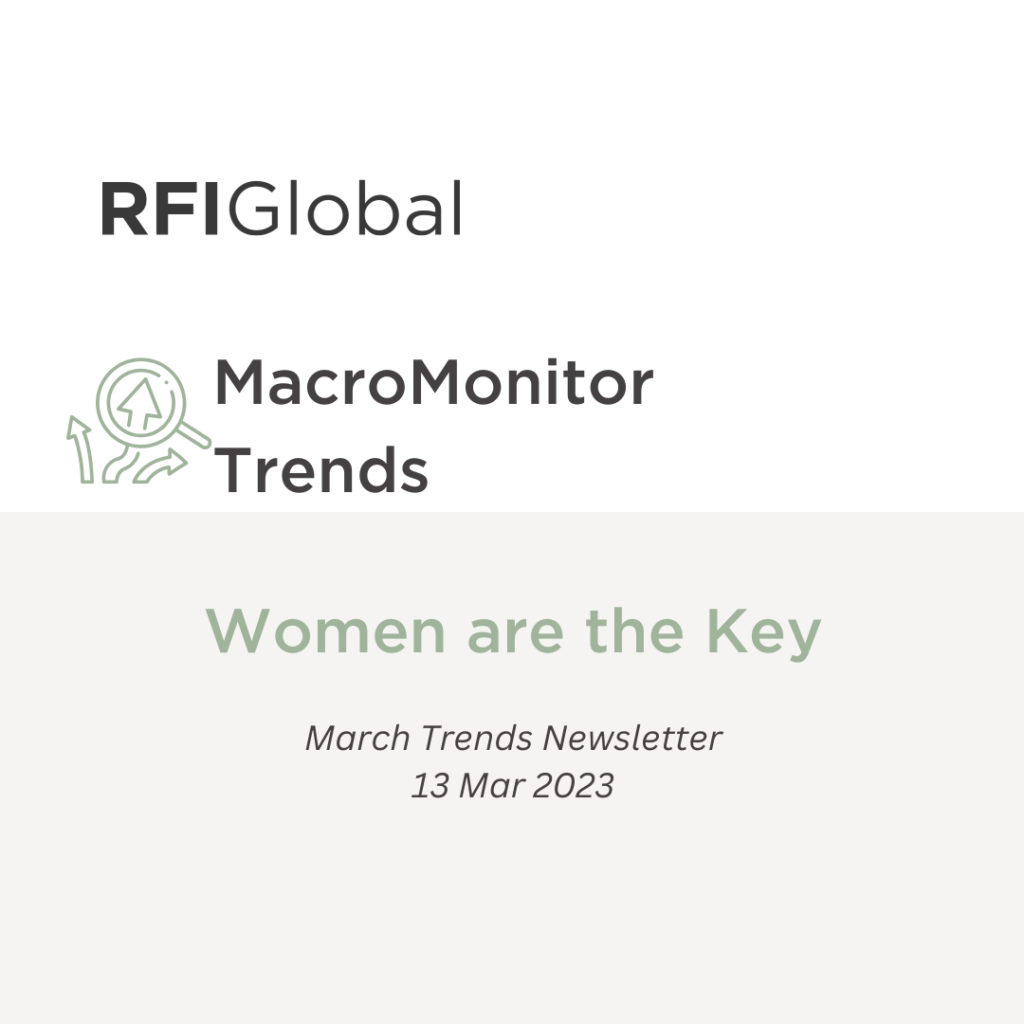


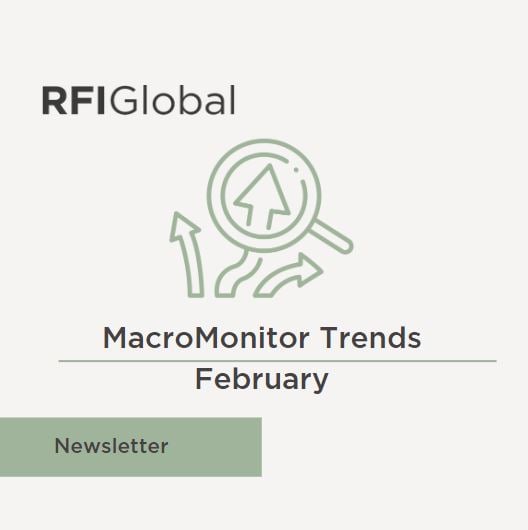


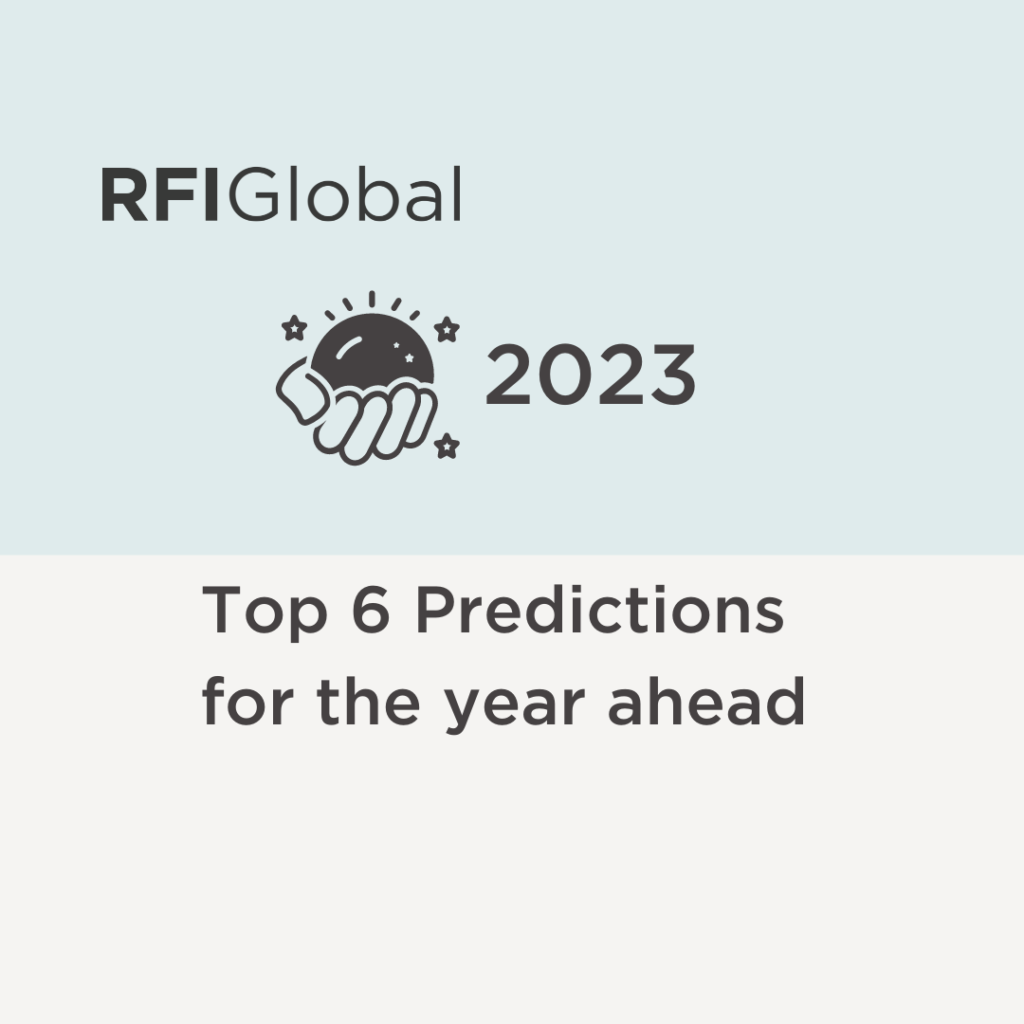

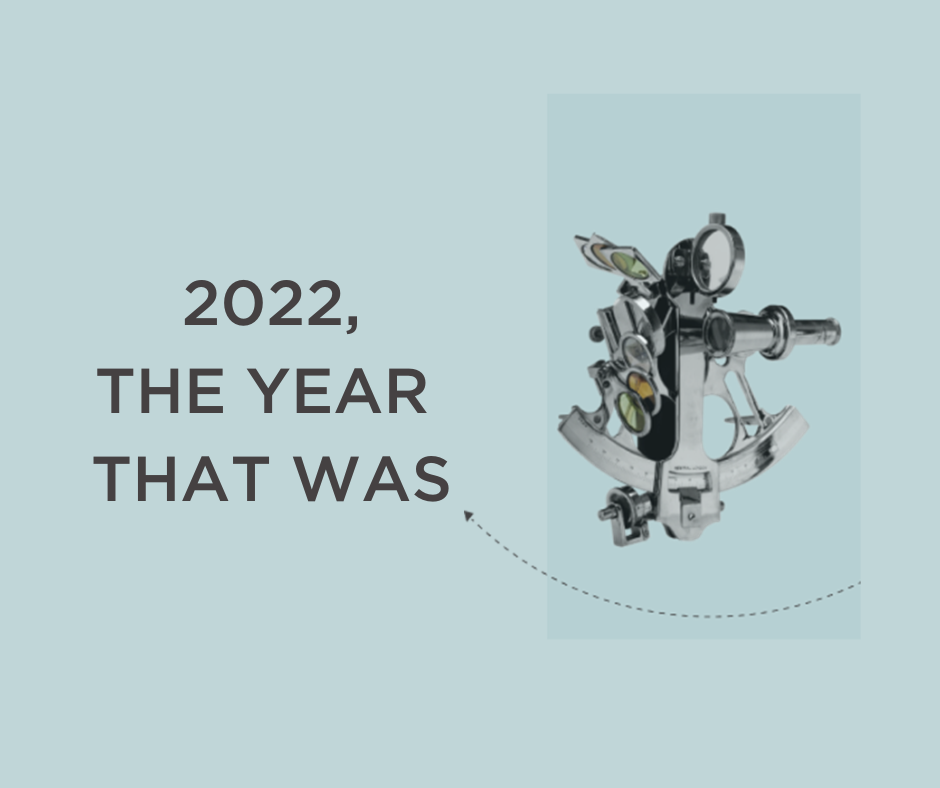

























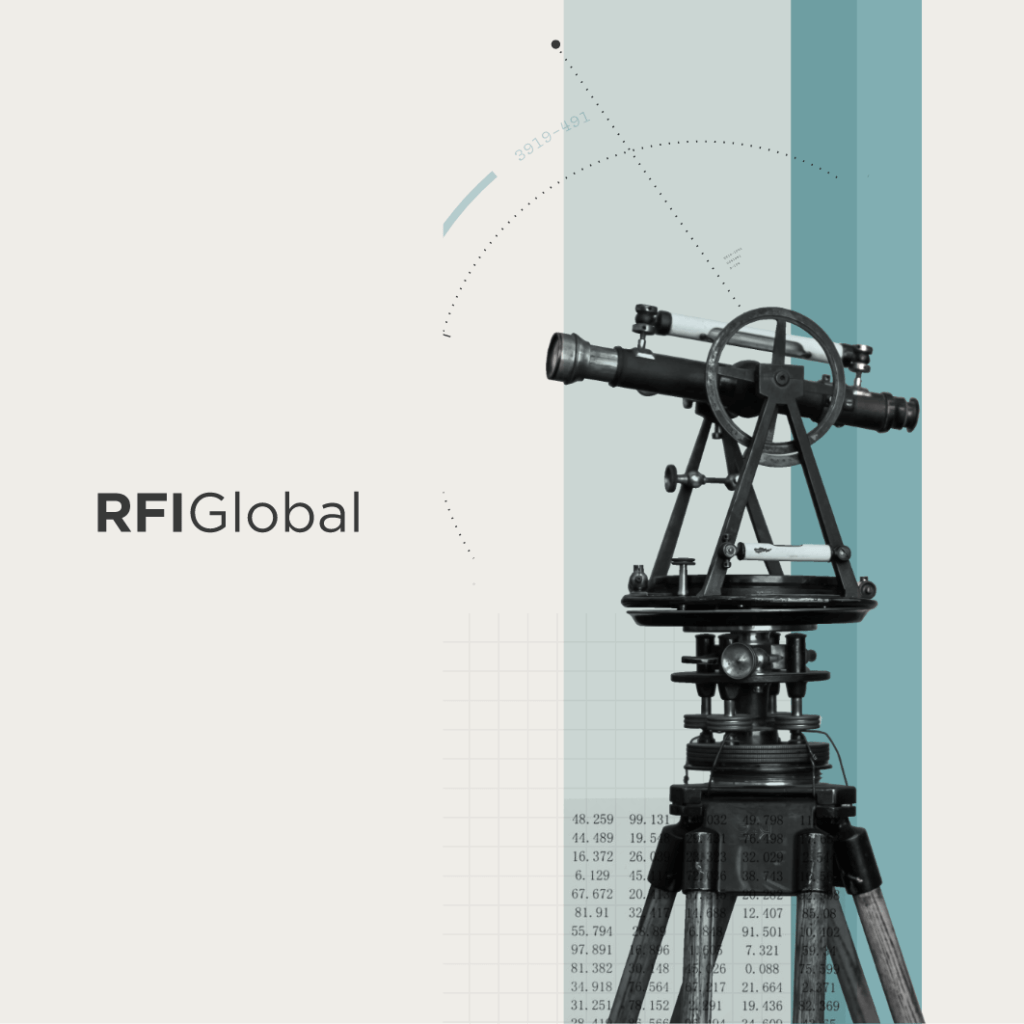


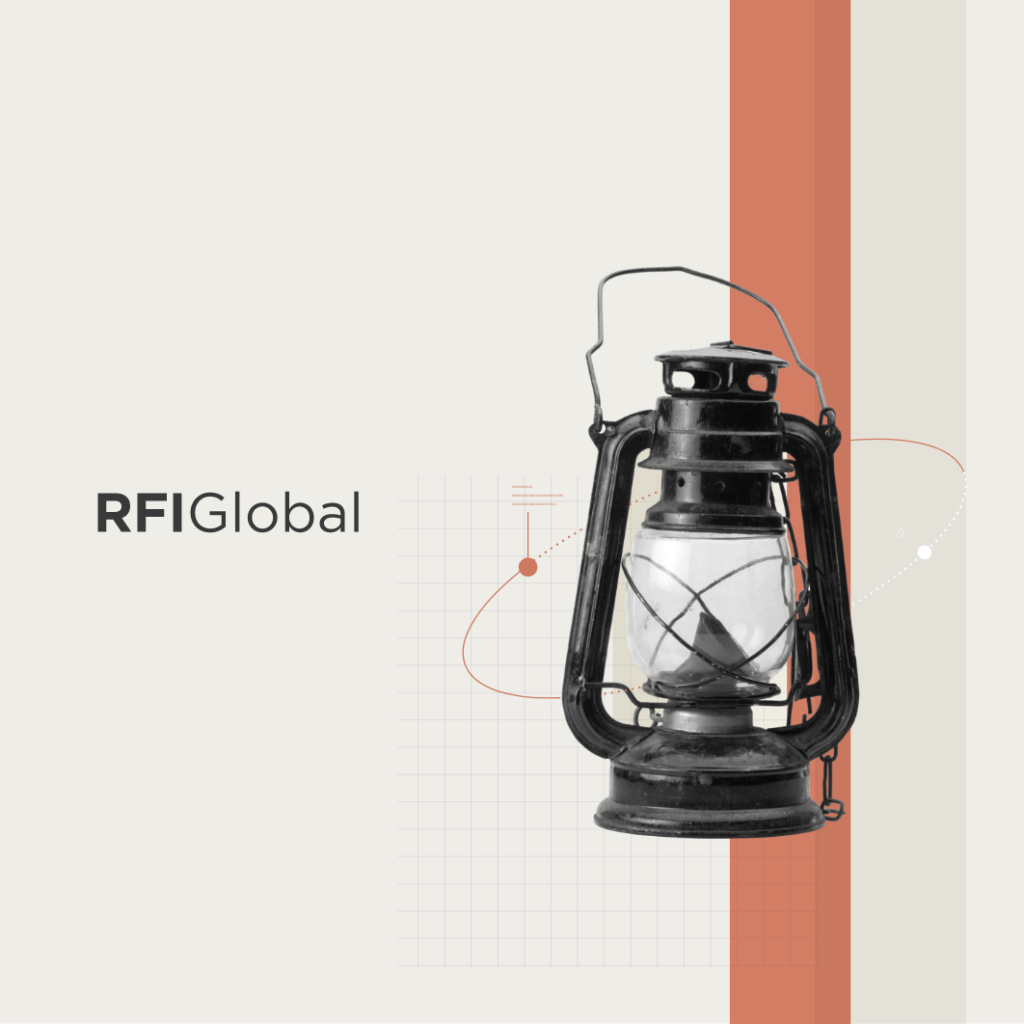
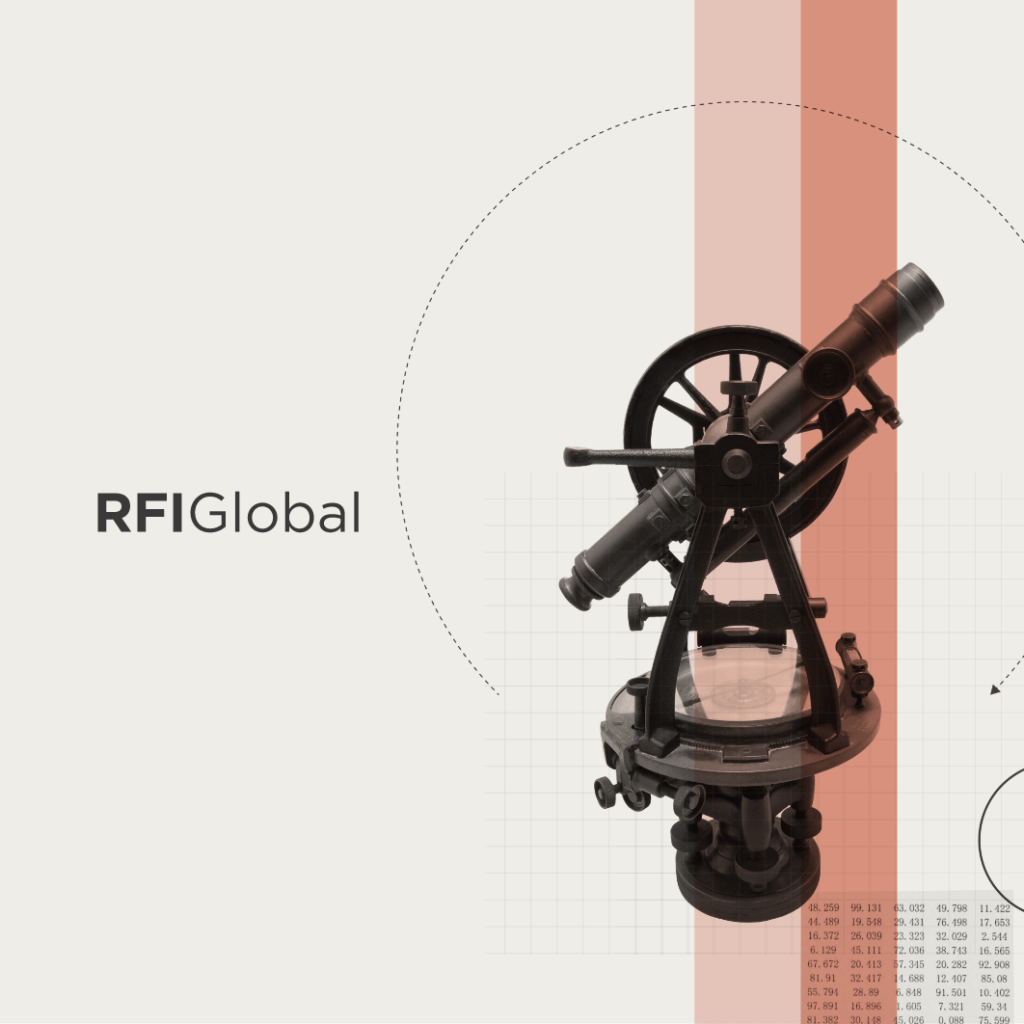
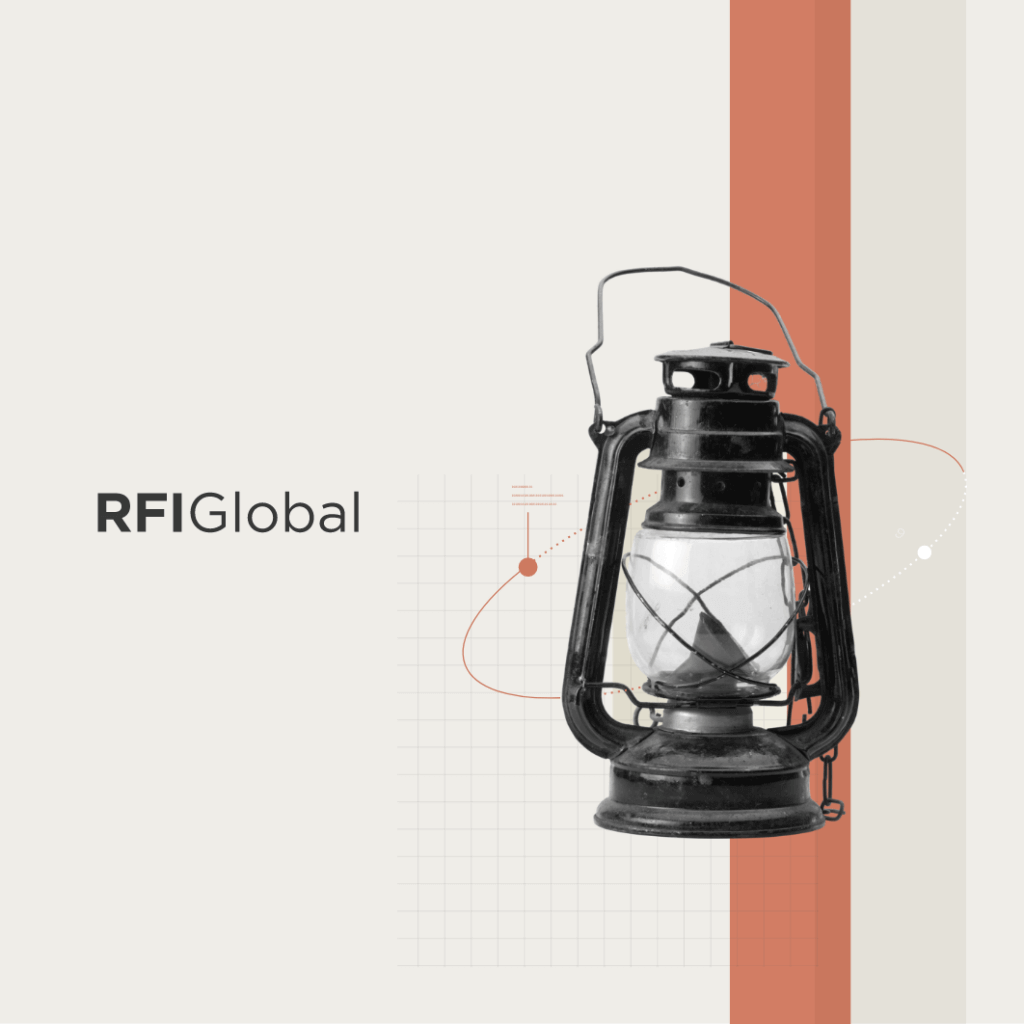
/NQA-ISO-27001-Logo-UKAS.jpg)